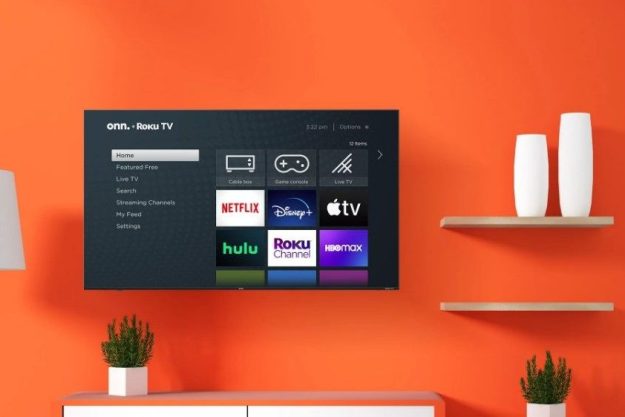Ultra-premium wireless speakers are hard to come by. You’ve got your Bowers & Wilkins Zeppelin Air, your Klipsch Stadium, and let’s toss the Sony SRS-X9 in there for good measure. That’s pretty slim pickins, but now you can add the NAIM Mu-so to the mix, a spectacle of modern industrial design, loaded with power and premium features for the equally premium price of $1,500.
What you’re paying for with this speaker is its design and power. Outside of the aforementioned Klipsch Stadium, I’ve never heard such robust, muscular sound coming from a single-box speaker solution. But unlike the Klipsch Stadium — which I might liken to a tank in terms of aesthetics — the Mu-so is more like an Audi. It’s far more refined, and certainly befitting the Apple Store vibe you’ll find it residing in. I wouldn’t buy it, but I’m willing to bet lots of people will.
That premium feel extends beyond the visual and into the tactile, with a control system that calls to mind Bang & Olufsen’s approach. There’s a capacitive touchscreen embedded in the middle of a large, LED-illuminated volume dial, which is sunk flush into the speaker’s top panel. Under the aluminum hood is an MDF cabinet — the sort of cabinetry you’d expect from a high-quality speaker — which houses six drivers in all, each getting their own 75-watt amplifier for a whopping 450 watts of total system power.
As for features, this wireless speaker does it all. It supports DLNA for network music playback, Apple AirPlay, Bluetooth, Spotify connect, and Internet Radio playback. Controlling the speaker is made easy by NAIM’s very well thought-out smartphone and tablet app. Wired connections are also available, with a 3.5 mm auxiliary input and an optical digital input allowing a wide array of devices to act as a source.
Of course, the most important aspect of any speaker — particularly one that costs $1,500 — is its sound quality, and this is where my feelings become especially conflicted. On one hand, the Mu-so’s bass output is jaw-droppingly robust — nobody expects so much deep bass out of a speaker that looks like this. Unfortunately, for me, the bass is just too much, and it has a tendency to crowd the midrange region which, when exposed with acapella vocal tracks, is otherwise uncolored. Then there’s the high-frequency response, which is a bit on the bright and spritely side for my taste. Certainly, the treble is clean, and it lacks harshness, but everything from cymbals to the zeal of a brass instrument is unnaturally forward, calling attention to itself in an unflattering way.
I can think of countless different speaker-amplifier pairings that would easily outperform the Mu-so in terms of stereo separation, soundstaging, and dynamics, all of them well under the $1,500 price point. However, every single one of those solutions will involve more complicated setup, wires, and a good deal more space. And none of them will look as good. So, here we are again, back to praising the Mu-so’s form factor. The question is: Is that enough?
I think it will be for many people. My opinion of the Mu-so’s sound quality comes from a picky audiophile’s standpoint, one which very few others share. The fact of the matter is, people are going to love how this speaker sounds. Its sleek design will lure onlookers in, and its potent bass and sparkling treble will set the hook. If there’s cash in the bank, the Mu-so is going to go home, and it’s going to class up the joint the moment it’s removed from its box.




